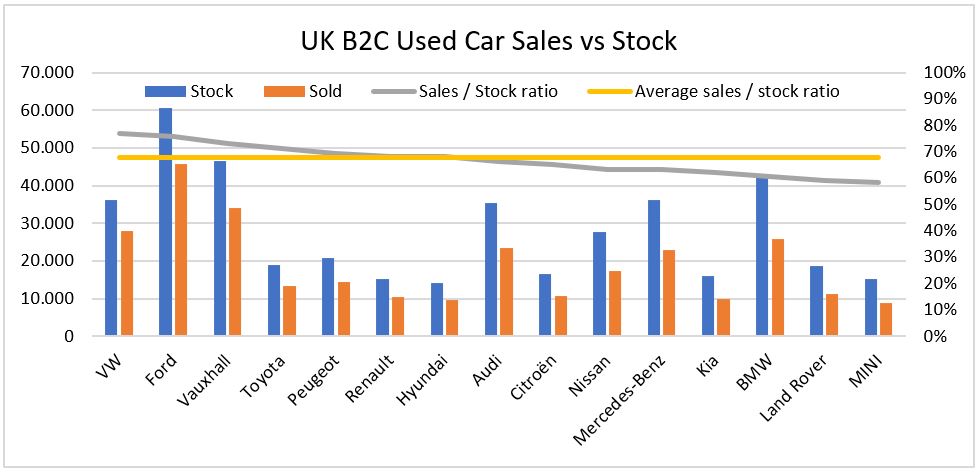Higher price results in lower demand whereas low price results in higher demand. It refers to substitution of one commodity in place of another commodity when it becomes relatively cheaper. • Income of a consumer rises in case of inferior goods. • Income of a consumer falls in case of inferior goods. Our society is divided into different classes based on incomes and lifestyle.

This is the major benefit of inelastic goods over elastic ones. Manufactures or providers of inelastic goods and services can generate good revenue. For businesses, revenue generated from inelastic goods can go both ways. This means that a demand curve which drops in stages is called it can prove profitable as well as marginal. On the other hand, goods that belong to the low-price segment are generally inelastic or relatively less elastic. Even a sharp rise in its price won’t throw it into the high-price segment.
Equilibrium Price
It is the sum of all individual demand schedules at each and every price. Demand is a quantity of a commodity which a consumer wishes to purchase at a given level of price and during a specified period of time. Hence, the correct answer is when themarginal utility of a product falls, then total utility rises at a decreasing rate. Since the quantity demanded is the same regardless of the price, the demand curve for a perfectly inelastic good is graphed out as a vertical line. Such goods have no good substitutes, which also ensures the quantity demanded remains unaffected. The price elasticity of demand varies directly with the time period.

This is the precise relationship between demand and price. Generally, the demand curve slopes downward (i.e.its slope is negative) because the number of unit demands increases with a fall in price and vice versa. The substitution effect is another reason for the downward sloping demand curve. With a fall in the price of the commodity, and the price of its substitutes remaining the same, the consumer will buy more units of that commodity.
The determination of the market price is the purpose of microeconomics, and hence microeconomic theory is also known as price theory. The different uses of certain goods and services are also accountable for negative sloping demand curves. With the increase in the price of such goods, they will be used only for more important uses and accordingly the demand for such goods will fall.
What is Equilibrium Price?
When price of a commodity rises more has to be spent on purchase of the same quantity of that commodity. Thus, rise in price of commodity leads to fall in real income, which will thereby reduce quantity demanded is known as Income effect. With the upward shift, the supply decreases, the equilibrium price increases and demand stays stable. With the downward change in supply, the supply increases and the equilibrium price falls. So clearly, at the equilibrium price, both buyer and seller are in the position of no change. Theoretically, at this price, the amount of goods demanded by buyers is equal to the amount supplied by the sellers.
- When MU from each succeeding unit starts to decline, TU starts to rise but at a decreasing rate.
- It can also be said that the quantity demanded for inelastic goods remains almost static or has no effect of change in any economic factor.
- The price level of goods plays a major role in determining the price elasticity of demand.
Elasticity measures the sensitivity of one economic variable against a change in another economic variable. We often hear about demand and supply in economics and also in elasticity. Equilibrium occurs when there is a state of no change. This tells us that equilibrium price is a price where both the seller and the buyer are in the position of no change. Behave in a normal way and consequently law of demand may not operate.
Ordinary people buy more when the price of the commodity falls whereas they buy less when the price rises. The rich do not affect the demand curve as they are well capable of buying more commodities even at high prices. Every commodity has certain consumers, when the price of the commodity falls, new consumers start consuming it, as a result, demand increases. On the other hand, with the increase in the price of the commodity, many consumers will either reduce or stop its consumption, and as a result, demand decreases. Therefore, due to the price effect, the demand curve slopes downward when consumers consume more or less of the commodity.
Income Levels
In the given diagram, price is measured on vertical axis whereas quantity demanded is measured on horizontal axis. • In the given diagram, price is measured on vertical axis whereas quantity demanded is measured on horizontal axis. • In the given diagram price is measured on vertical axis https://1investing.in/ whereas quantity demanded is measured on horizontal axis. The law of demand relies upon the law of diminishing marginal utility. According to the law of diminishing marginal utility, as consumers buy more units of a commodity, the marginal utility of that commodity continues to decline.
A poor person can desire to own a car but that will not become a demand because he does not have the purchasing power to buy a car from the market. This chapter takes into account the demand and the factors affecting it, both at the personal and market level. It highlights the law of demand, movement along the demand curve and the related changes.
The market is said to be in a state of equilibrium when the main experience is in the phase of consolidation or oblique momentum. Then, it can be concluded that demand and supply are comparatively equal. Equilibrium price examples are discussed below as well.
A decrease in demand means that consumers now demand less at a given price of a commodity. Market demand function refers to the functional relationship between market demand and the factors affecting the market demand. An inelastic product is one that has a very small effect on the quantity demanded even if there is a significant price change.

In case of price fall, the quantity demanded remains the same resulting in less revenue generation. While in times of price hike businesses earn significant profits. Whereas the Price Elasticity of Demand of a commodity is very high for people belonging to low-income level groups.
Finding the Equilibrium Price
Here in the diagram above, we can observe that the equilibrium price shows through the intersection of the supply and demand curve in the equilibrium price graph. Therefore, both the demand and supply work in synchronisation with the equilibrium price. For example, with the fall in the price of milk, he will buy more of it but at the same time, he will increase the demand for other commodities. • But, due to fall in price of the commodity from OP to OP1 the quantity demanded rises from OQ to OQ1 which is known as expansion in demand.
Explanation for the downward slope in the law of demand and exceptions to it are dealt with. The price elasticity of demand is directly proportional to the time period. This means the elasticity for a shorter time period is always low or it can be even inelastic. This equilibrium price example shows that an equilibrium price can change the quantity of demand and supply. When the price of a commodity decreases, the real income of the consumer increases because he has to spend less in order to buy the same quantity of that good. On the contrary, When the price of a commodity increases, the real income of the consumer decreases.
The law of demand is not seen operating in case of necessities of life such as food grain, salt, matchstick, milk for children, etc. • Old consumers of the commodity starts demanding more of the same commodity by spending the same amount of money. In other words, demand for a commodity refers to the desire to buy a commodity backed with sufficient purchasing power and the willingness to spend.
Any change in the price of a commodity affects the purchasing power or real income of a consumers although his money income remains the same. With the rightward shift in demand curve from DD to D1D1the quantity demanded rises from OQ to OQ1 which is known as increase in Demand. An increase in demand means that consumers now demand more at a given price of a commodity. Market demand schedule is a tabular statement showing various quantities of a commodity that all the consumers are willing to buy at various levels of price.